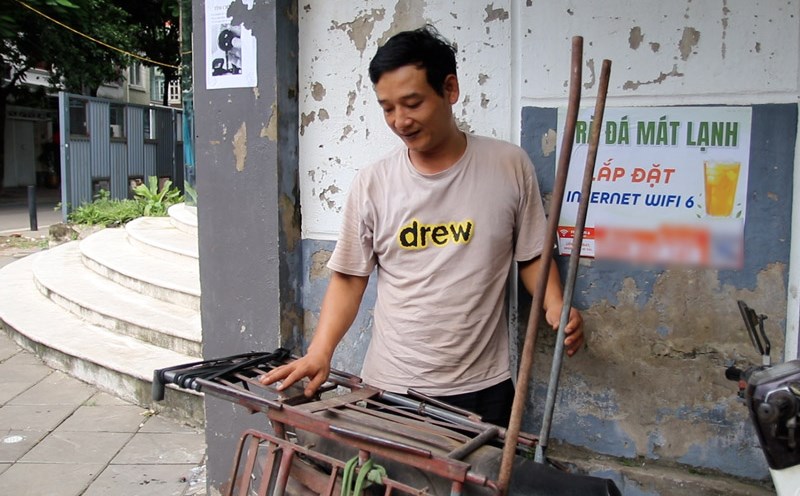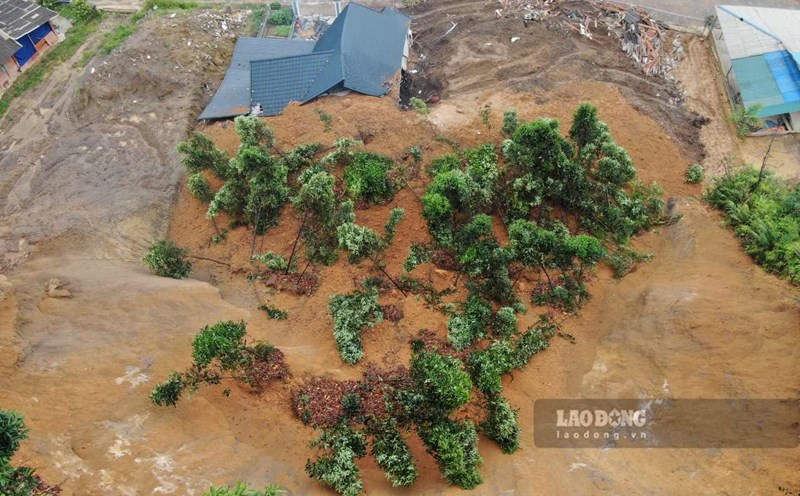From early in the morning, many people felt the hazy sky and bad air quality, causing an uncomfortable feeling. According to the IQ Air air quality index measuring application at 9:15 am on July 14, Hanoi ranked 2nd in terms of pollution index with AQI at 168 (Red alert - harmful to health). higher in Hanoi is Kinshasa (Congo).
According to the VN Air application at 9:00 a.m. this morning, Hanoi is the locality with the top pollution index in the country. Measurement station 556 Nguyen Van Cu recorded AQI at 118 (Cam - not good for sensitive groups); DHBK port parabol also recorded AQI at the same orange threshold of 109.
According to the environmental directive recently issued by Prime Minister Pham Minh Chinh, from July 1, 2026, there will be no motorbikes or mopeds, and private cars using fossil fuels will be restricted to circulate on Ring Road 1, Ring Road 2; from 2030, they will continue to be expanded in Ring Road 3.
Statistics from the Hanoi Department of Transport show that there are currently about 8 million vehicles in the city, including nearly 1.5 million cars. The growth rate of private vehicles in the city is 4.5%/year, cars alone are about 10%, but the growth rate of transport infrastructure is only about 0.28%.
Previously, at the meeting to review and complete the draft national action plan to overcome pollution and manage air quality for the period 2025-2030, Minister of Agriculture and Environment Do Duc Duy said that air pollution and environmental pollution in cities and large urban areas have become major challenges in the process of socio-economic development. In fact, localities such as Hanoi and Ho Chi Minh City have implemented many solutions to control and handle the problem of environmental pollution, including air pollution, but the results have not been as expected.
According to the Ministry of Agriculture and Environment, a synthesis of many sources of information shows: The basic causes of transportation activities include road dust being carried up by vehicles participating in traffic and emissions from a large number of motor vehicles participating in traffic using fossil fuels, including many old vehicles that do not meet emission standards and have a life span in the city.
According to the PM2.5 emission inventory in the Hanoi area, emissions from road transport vehicles account for about 15% and from road dust account for about 23%.











